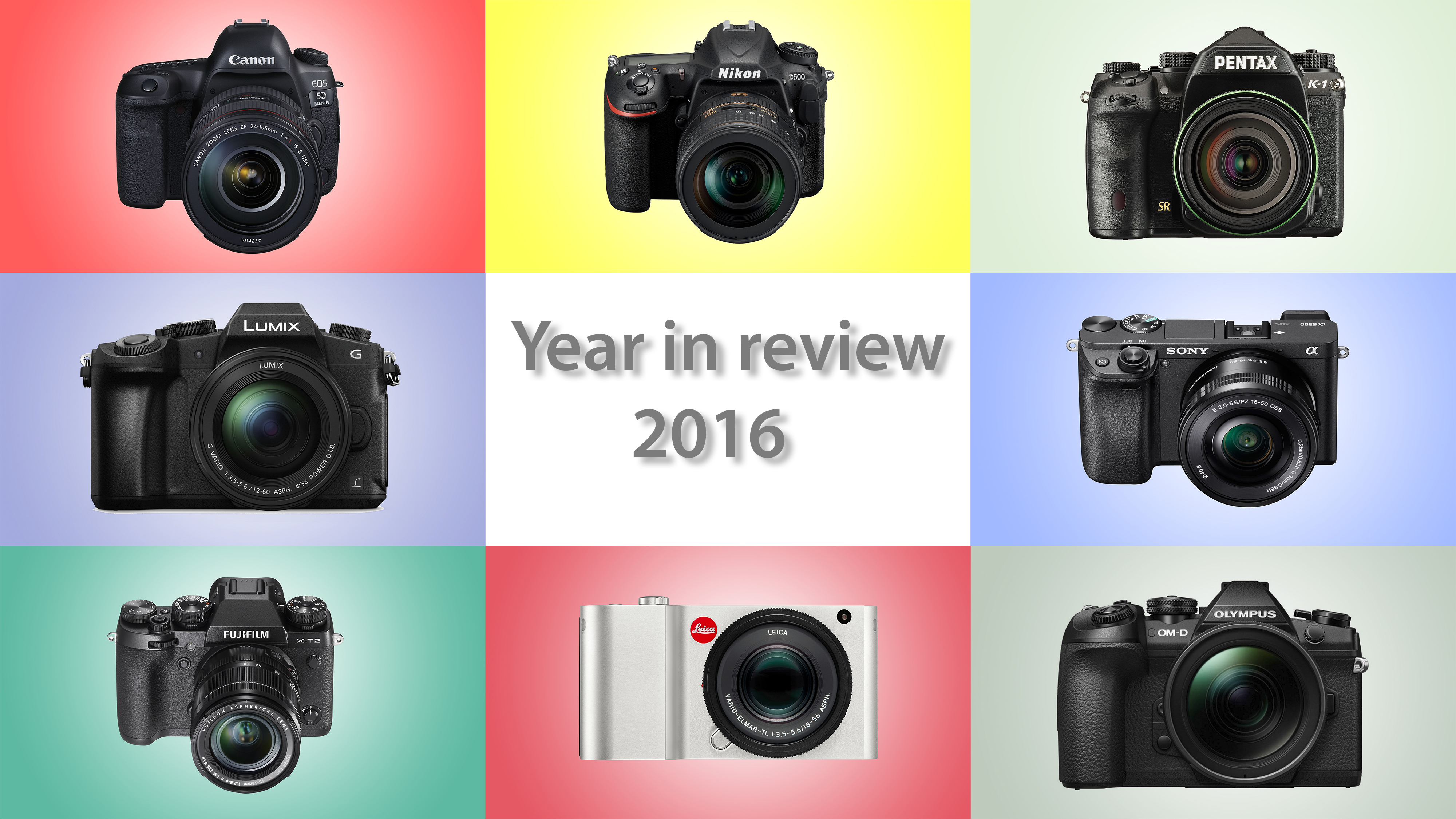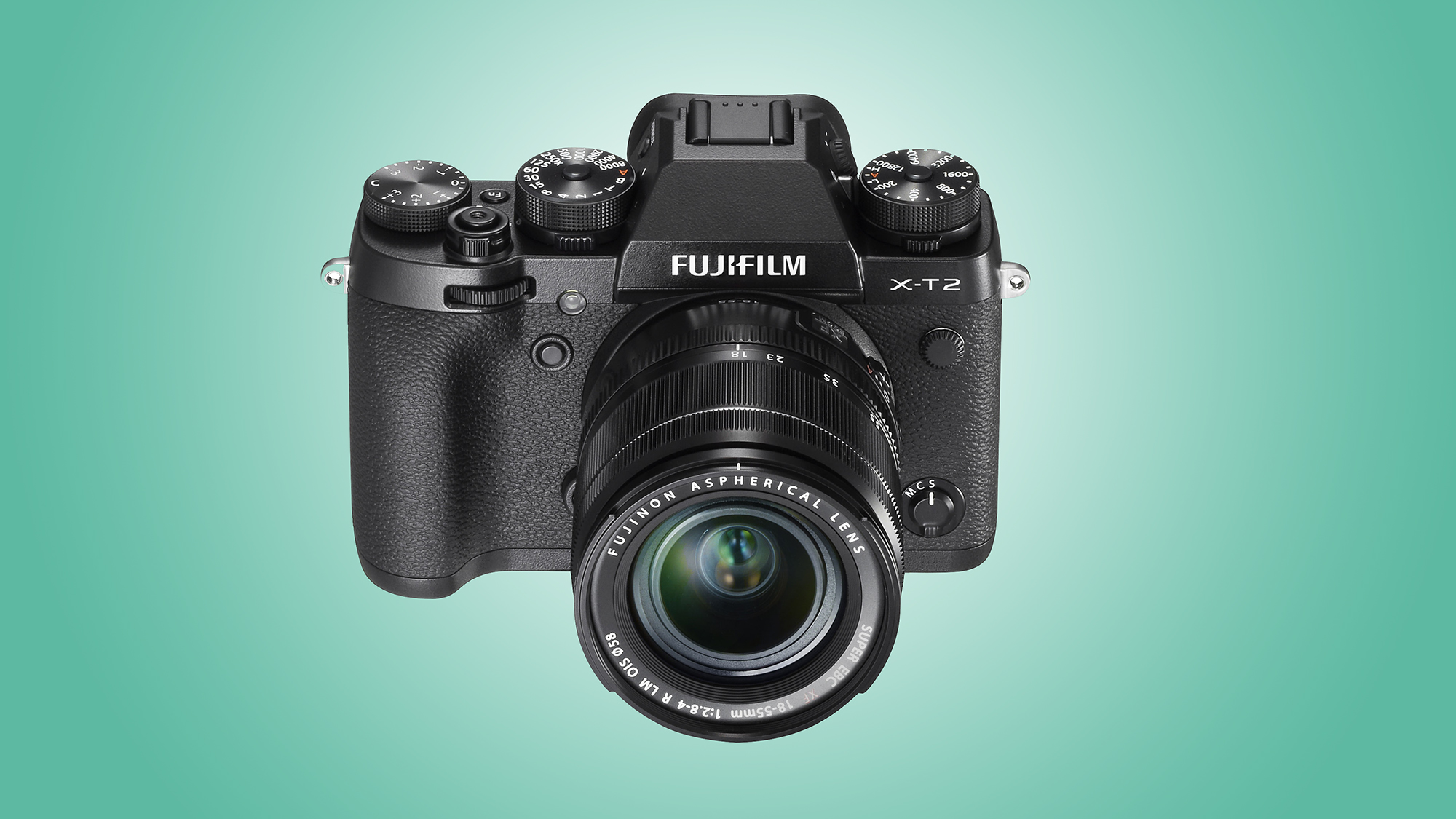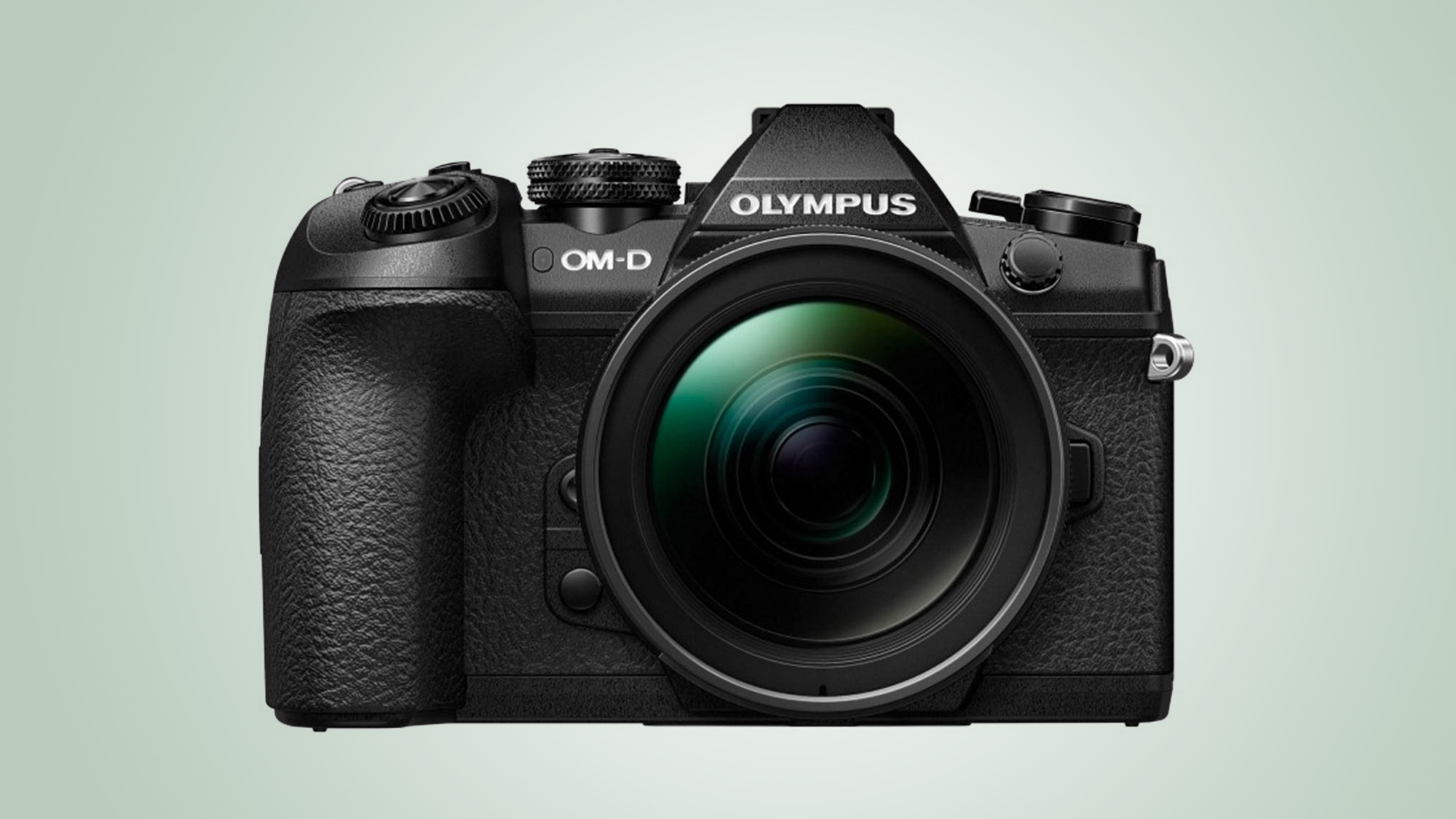Year in review: Cameras

2016 has proved itself to being a busy year for camera manufacturers, with many flagship models replaced and a plethora of more junior cameras arrive with the latest technology.
Here’s a quick look at what we saw from each manufacturer and few thoughts on what we may see coming in 2017.
Canon

Canon has thoroughly refreshed its DSLR line at all levels this year, from the baby EOS Rebel T6 / 1300D through to the enthusiast EOS 80D, and culminating at its flagship EOS-1D X Mark II.
Arguably the most significant release, however, was August’s launch of 4K-toting EOS 5D Mark IV, a camera that’s already fast being adopted by well-heeled enthusiasts and professionals shooting stills and video.
Outside of its DSLR line, the Japanese company has also managed to address the main criticisms of the PowerShot G7 X with a Mark II model, which it no doubt hopes will win over those otherwise drawn to Sony’s RX100 series.
It’s also done what many were hoping for by updating its mirrorless EOS M series with its most enthusiast-focused model yet, the EOS M5.
With so much going on it’ll be interesting to see what 2017 brings. Perhaps an update to the EOS 7D Mark II? More lenses for the EOS M series? Whatever we see, the company leaves 2016 with an impressive assortment of cameras for novice and professional users alike.
Sign up for breaking news, reviews, opinion, top tech deals, and more.
Nikon

Like its rival Canon, Nikon has also had a busy year rejuvenating its DSLR stable, with the entry-level D3400 and mid-range D5600 through to the superb D5.
And, like Canon, one of its models stood out from the others. The D500 DSLR, a true successor to the ageing D300s, has already won much acclaim for its excellent autofocus capabilities and the quality of both images and 4K videos.
Elsewhere, the company has also made clear its intentions to crash the action camera market with three KeyMission models. While early impressions from the lucky few that have managed to get their hands on them have been mixed, Nikon has promised to update their firmware and the corresponding app to iron out some of these issues.
Those patiently waiting for the long-promised DL compact cameras, however, will have to wait a little longer due to the impact of the Kumamoto earthquakes (and, potentially, reported issues with the technology too). Hopefully 2017 will welcome these to the market.
Pentax

In contrast to the abundance of options from Canon and Nikon’s corners, Ricoh Imaging has only unveiled two Pentax-branded DSLRs this year – but both have been well received.
Crucially, it finally delivered on its promise of a full-frame DSLR in the shape of the Pentax K-1. Its superb feature-to-price ratio and laudable image quality unquestionably make it one of this year’s highlights.
The other release, the K-70, has only just come out but it’s already impressed reviewers and a few early users. Its tempting asking price should also ensure it continues to be popular in the new year.
Fujifilm

What a year for Fujifilm. Not content with the dual smashes of the X-Pro2 and the X-T2, it also used this year’s Photokina trade show in Cologne to announce the medium-format GFX 50S mirrorless camera.
The GFX 50S is set to enter the marketplace in January, and will be an interesting challenger to the Hasselblad X1D that was announced earlier in the year.
All of this came alongside a mildly refreshed X-E2 model, the X-E2S, as well as a fixed-focal length X70 compact camera. Impressively, it’s maintained focus on the junior end of the market too, with the X-A3 and X-A10 compact system cameras targeting novice users looking for their first interchangeable-lens camera.
All of this, and it still managed to find time to update its colourful waterproof compact line with the XP90. So, a fruitful year all round for Fujifilm – but there’s plenty of potential for 2017.
The X-M strand of mirrorless cameras hasn't seen any love since the debut X-M1 back in 2013, and we’ve also not had any updates to the X100 line since the X100T back in 2014. If we’re lucky, 2017 may even play host to a refreshed version of the excellent X-T10.
Sony

Having successfully introduced mark II versions of its three full-frame A7 mirrorless models over the previous two years, Sony spent 2016 largely focusing on the enthusiast user with a string of APS-C and 1in-sensor-based offerings.
The A6300 received rave reviews, although this has already been followed up by the A6500, while the popular RX100 line welcomed the stellar – if pricey – RX100 V compact.
There was also the third iteration to the company’s RX10 line of superzoom compact cameras, the RX10 III, a camera that’s currently vying for the attention of the travelling photographer (albeit one with £1,500 / $1,800 to spend).
There was one somewhat unexpected full-frame arrival, namely the Alpha A99 II. Its arrival quashed the idea of that Sony had abandoned its full-frame SLT line, and provided existing SLT users a more up-to-date alternative to the four-year-old Alpha A99.
Hopefully 2017 will see more full-frame offerings from Sony, perhaps even third-generation A7 models.
Panasonic

This year, Panasonic bolstered its popular Micro Four Thirds system with the Lumix G80/G85 and Lumix GX80/GX85, and also catered for a more junior crowd with the stylish Lumix GF8, but it was the announcement of the forthcoming flagship Lumix GH5 that got many excited.
The model, which arrives at the start of the new year, builds on the success of the GH4, and is set to feature a 28MP sensor for the very first time inside a Micro Four Thirds model.
With 10bit, 4K video recording at 60p and the option to extract 18MP frames from footage, it will be a refreshing challenger to the many DSLRs and mirrorless cameras that have caught up in offering 4K video in recent years.
There’s been plenty of action in the Lumix compact line too. 2016 saw Panasonic introduce the first pocketable superzoom camera with a 1in sensor, the Lumix TZ100/SZ100, as well as the 1in-sensor-based LX10/LX15, the company’s first proper alternative to the likes of the Sony RX100 and Canon PowerShot G7 X lines.
The Lumix FZ2000/FZ2500 also made a welcome appearance. This updated the respected, but ageing, FZ1000 with a slew of advancements that included a fresh optic.
Apart from a few promised lenses to go alongside the Lumix GH5, its difficult to know what Panasonic might update in the coming year, given how much it’s refreshed over the past couple of years. A successor to the Lumix LX100 compact would be very welcome though.
Olympus

Just a handful of releases this year from Olympus, with the jewel of these being the flagship O-MD E-M1 Mark II.
With a revamped AF system, 4K video (for the first time on an Olympus camera) and a staggering 60fps burst-shooting option, the camera appears to be far more significant upgrade than many were expecting.
Elsewhere, the company twice updated its PEN line, first with the beautiful PEN F and subsequently with the PEN E-PL8, the latter joining a raft of options targeted towards bloggers and first-time users looking for a selfie-friendly, interchangeable lens camera.
Hopefully both the OM-D and PEN lines will see new arrivals in 2017, ones which will no doubt pack superior video functionality. An update to the OM-D E-M5 II would no doubt please many.
Leica

Following a busy 2015, Leica made just two additions to its various camera lines in 2016.
The waterproof X-U arrived at the start of the year, and the beautifully minimal TL model reared its head just a few weeks ago.
We’d love to see a new APS-C based X-series model and potentially another addition to the SL camp over the next year, but we’ll just have to wait and see what the German company has in the wings for us.